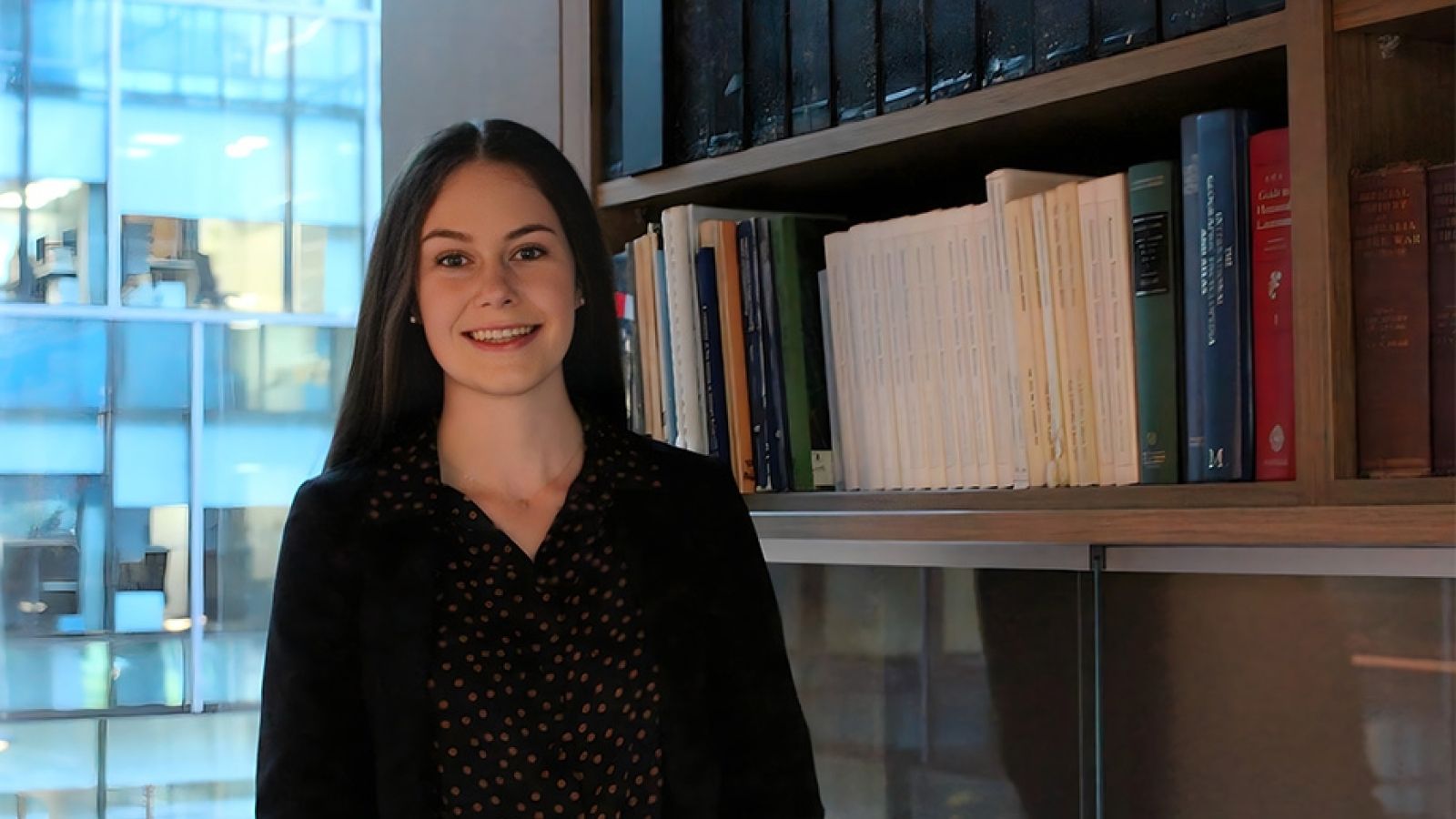Demography meets data analytics: Katrina Robinson

Katrina Robinson is the first student to undertake a Bachelor of Applied Data Analytics with a major in Demography at the Australian National University (ANU).
“The challenges studied by demographers are significant and creativity, curiosity, and determination is key to solving them,” she says.
After attaining a cadetship in her second year, she will now move into a full-time position in the APS come end-of-year graduation. Speaking candidly about the diverse skill-sets demography has equipped her with, she comments:
“My degree sits within the College of Engineering and Computer Science but the degree plan includes a lot of CASS (College of Arts and Social Science) courses. While I do not directly employ what I have specifically learnt in my demography courses in my work with the APS, my broadened understanding of the world and my fine-tuned critical thinking skills have been invaluable. I have also developed an interest in international security, which is well informed by what I have learnt in demography.”
ANU is the leading research university in demography in Australia. Courses provide students with a fundamental way of understanding and evaluating how populations are linked and change throughout time and space and how they interact with different dimensions of society and the wider environment.
As such, ‘pick a country and population policy and discuss’ – that was the open-ended essay question put to students taking DEMO3001: Population Policy Case Studies.
Particularly interested in how fertility policies impact a population and the fertility challenges many developed countries face, Katrina wanted an answer to the question, ‘what would encourage women who really do not want to have children, to have children?’
She investigated the question, “how can we increase the fertility rate of a country when typical policy measures such as monetary incentives, maternity/parental leave, childcare subsidies, etc. have already been implemented?”
Her study would focus on the fertility policy in Japan, a country that saw their total fertility rate fall below replacement levels by 1956.
“I found above everything else, social, and cultural factors were at play that deterred women from having children regardless of the policy measures that had been implemented. This raises another interesting question: is it possible to overcome the socio-cultural barriers to increasing fertility?”
By the end of it she had more questions than answers, but that's the allure of studying Demography.
Katrina comments, “The team in the School of Demography at ANU are incredibly capable and supportive. The discipline is about allowing yourself to be curious, understand no idea is a bad idea. Ask lots of questions and leave no stone unturned.”